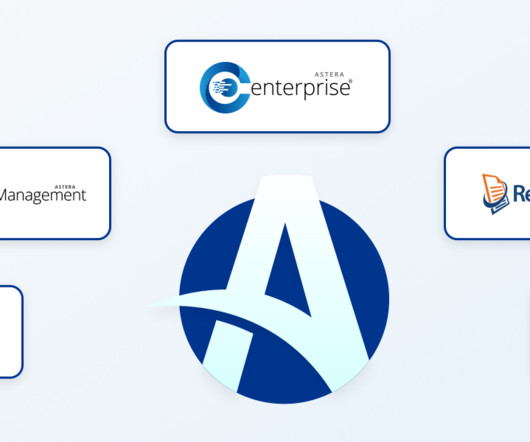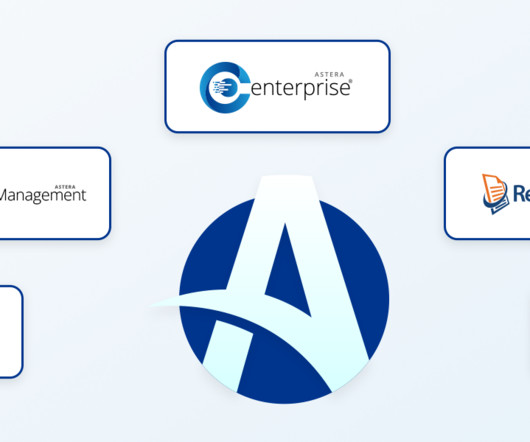How Data Management and Big Data Analytics Speed Up Business Growth
BizAcuity
APRIL 14, 2022
Before building a big data ecosystem, the goals of the organization and the data strategy should be very clear. Otherwise, it will result in poor data quality and as previously mentioned, cost over 3 trillion dollars for an entire nation. Unscalable data architecture. Enterprise Big Data Strategy.












Let's personalize your content